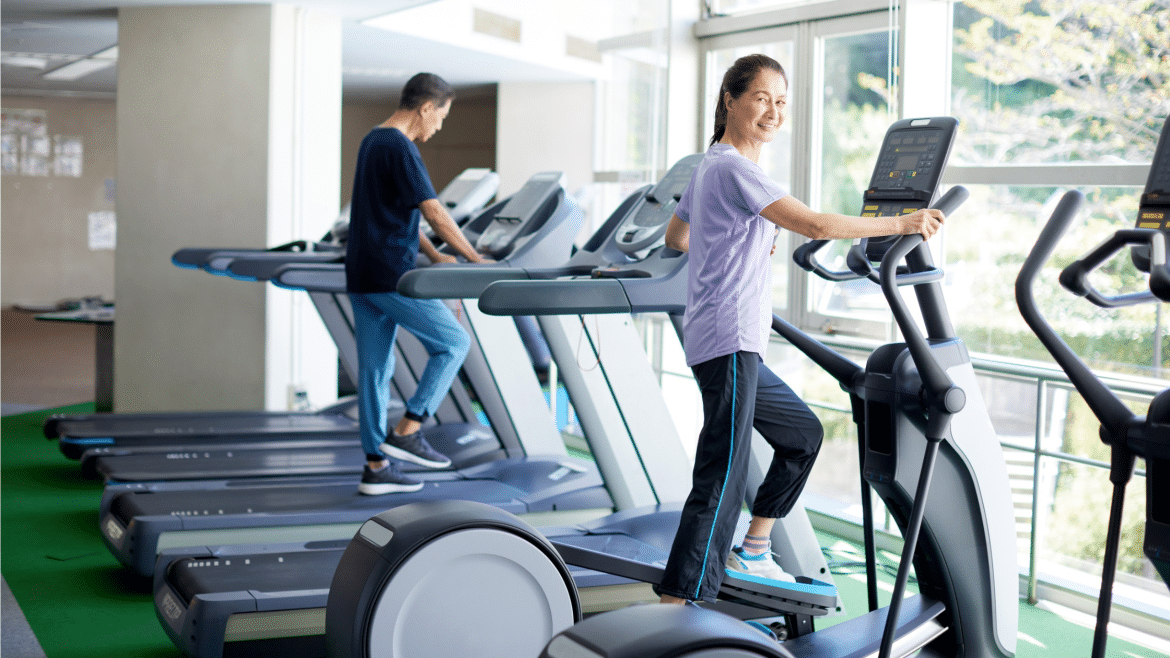 Oct
08
Oct
08
6 Worst Activewear Products – What to Not Wear During the Workout?
- 8 October 2025
- 0 Comment(s)
When talking about workouts, we all invest time in training and we should invest the same care in what and what not to wear to the gym. The worldwide sportswear industry exceeds billions of dollars, propelled by performance fabrics that allow athletes and fitness enthusiasts to gain from each workout. Picking the wrong kit still costs you in comfort, performance, and sometimes injury, not style points.
In order to understand the context, the sports apparel market was recently valued in the low hundreds of billions and continues to grow strongly, reflecting how much people now expect their gear to perform. This trivia shows the worst activewear products you should avoid. It explains why they harm your training and how to replace them with smarter choices. Read on so you stop making activewear mistakes and start getting more from each workout.
How Sportswear Impacts Your Performance?
What you wear affects temperature control, friction, movement, and hygiene. Performance fabrics wick sweat away and they cut weight when wet. They reduce chafing and help you move freely, being good gear reduces distraction. Bad workout clothes waste energy and shorten sessions. In short, the right fabric and fit make you more efficient.
6 Worst Activewear Products to Not Wear During the Workout
100% Cotton Clothes
Cotton soaks do not evaporate the sweat but leave it on the skin. That makes you weighty, scratchy and chilled with sweat. Discussing long or high intensity sessions, cotton keeps the moisture against the skin and reduces the evaporation speed. Use moisture-wicking synthetics or mixes instead and consider lightweight polyester, nylon and fabrics that have spandex to give them stretch.
Old Sneakers
You depend on your shoes for stability and shock absorption. Soles flatten and cushioning breaks down. Worn shoes alter foot alignment and raise injury risk. If you run, replace shoes roughly every 300–400 miles or sooner if you see uneven wear. Don’t squeeze extra miles out of shoes that clearly show tread or midsole breakdown.
Clothes with Exposed Seams
Seams and coarse stitching press against the skin constantly. This leads to chafing, blisters, and tender areas, particularly beneath arms and around bras. Search for flatlock stitching or fused edges. If an article of clothing irritates you in the store, expect it to be worse during an extended session or an intense class.
Ill-Fitted Chest Support
If you wear a poorly fitted sports bra, it can negatively impact your performance. Insufficient support can increase bounce and discomfort, which results in pain during and after workout. The right sports bra reduces motion, prevents chafing, and allows you to concentrate. The worst activewear products like these might also lead to lasting breast/tissue issues for some individuals.
Make-up
Make-up can look good, still, it traps sweat, oils and bacteria. The accumulated dirt and bacteria might clog the pores leading to breakouts or irritation. In addition to this, even dermatologists suggest that one should not wear makeup during exercise or use non-comedogenic and light products when required. Washing your face after the workout is also advisable.
Jewelry
Rings, bracelets, and lengthy necklaces can catch on equipment. As metals are capable of bending, accumulated sweat can cause skin irritation. Jewelry will have that bacteria or interact with sweat, leading to dermatitis in those who are sensitive. It is advised to take off jewelry for safety and cleanliness.
The Bottom Line
Your sportswear will not be an inconvenience because you will be able to carry it with you to enhance your workouts. One should avoid the worst activewear products like cotton t-shirts to use during HIIT, old shoes to run in, and chafing, damp, or limiting to movement. Choose those materials that are breathable and wick away moisture and they should also fit well. Switch items with the action; what works well in yoga may not work in sprints.
Make small changes, replace old shoes, choose bonded seams, get a proper sports-bra fit, and remove jewelry and skip heavy foundation. These fixes cost little and save time, pain, and missed gains. Want help picking gear that suits your goals and gait? TD Sportswear tests and curates custom activewear and shoes for training and race day. Visit TD Sportswear for guidance and gear that performs when you do.
Frequently Asked Questions About the Worst Activewear Products
What clothes should you not wear to the gym?
Avoid 100% cotton shirts for intense sessions and skip garments with harsh, exposed seams. Don’t wear old, flattened trainers or anything that rides up or chafes. Remove jewelry and heavy makeup before working out.
What is the worst fabric for workout clothes?
100% cotton is the worst for sweat-heavy workouts. It absorbs moisture and keeps it next to your skin, which increases weight and chafing. Opt for moisture-wicking blends or synthetic performance fabrics.
Can wearing the wrong activewear cause injury?
Yes, old or unsupportive shoes change your alignment and raise the risk of strains. Ill-fitting or overly loose clothing can snag or restrict movement. Lack of support (for breasts, feet, or joints) increases fatigue and injury risk. So, the proper fit reduces those hazards.
Why is cotton bad for workouts?
Cotton soaks sweat but does not wick it away and that traps moisture on the skin. You get chilled as sweat cools, also increasing rubbing and bacterial growth. That makes cotton a poor choice for intense or long workouts.
